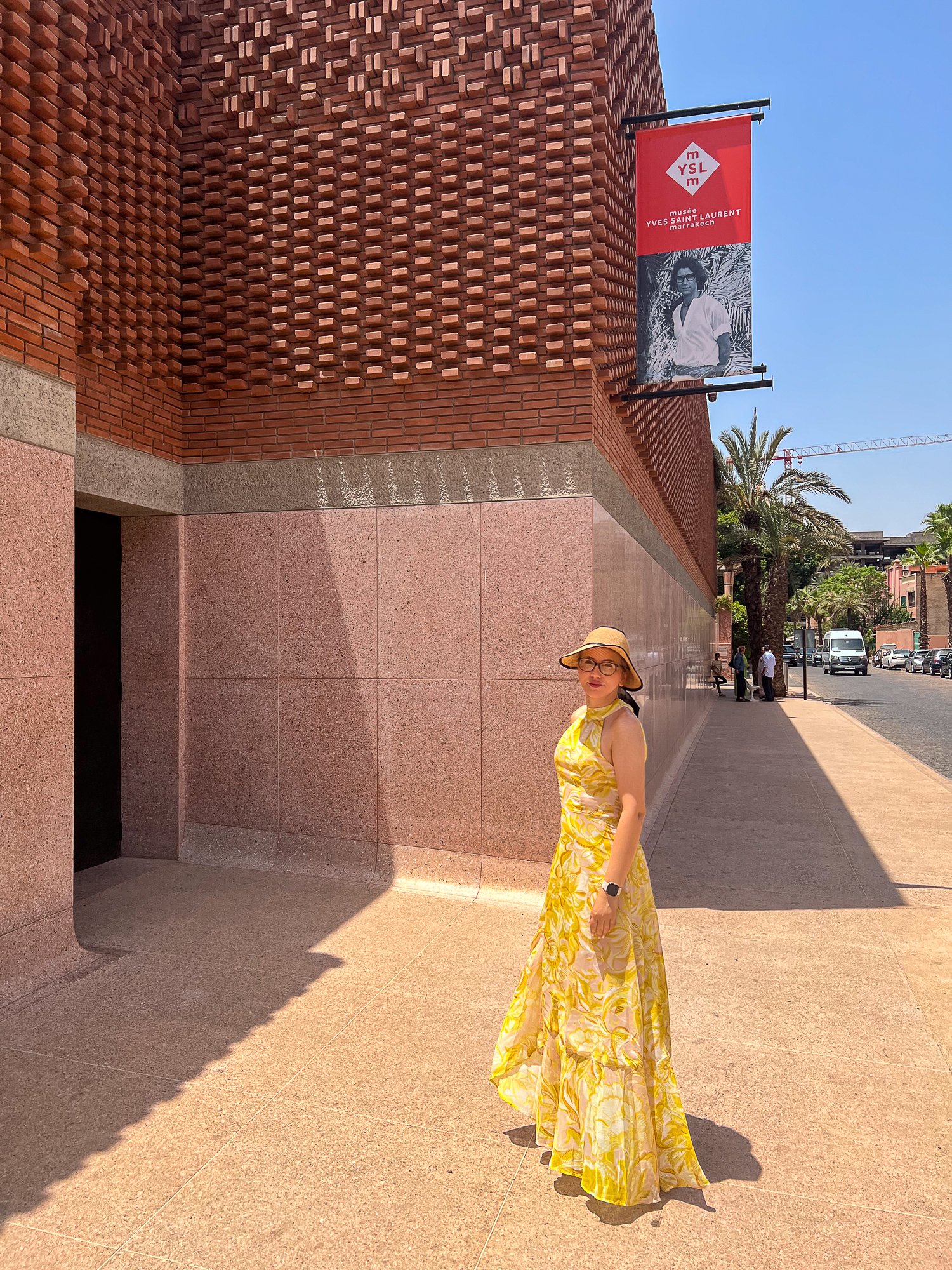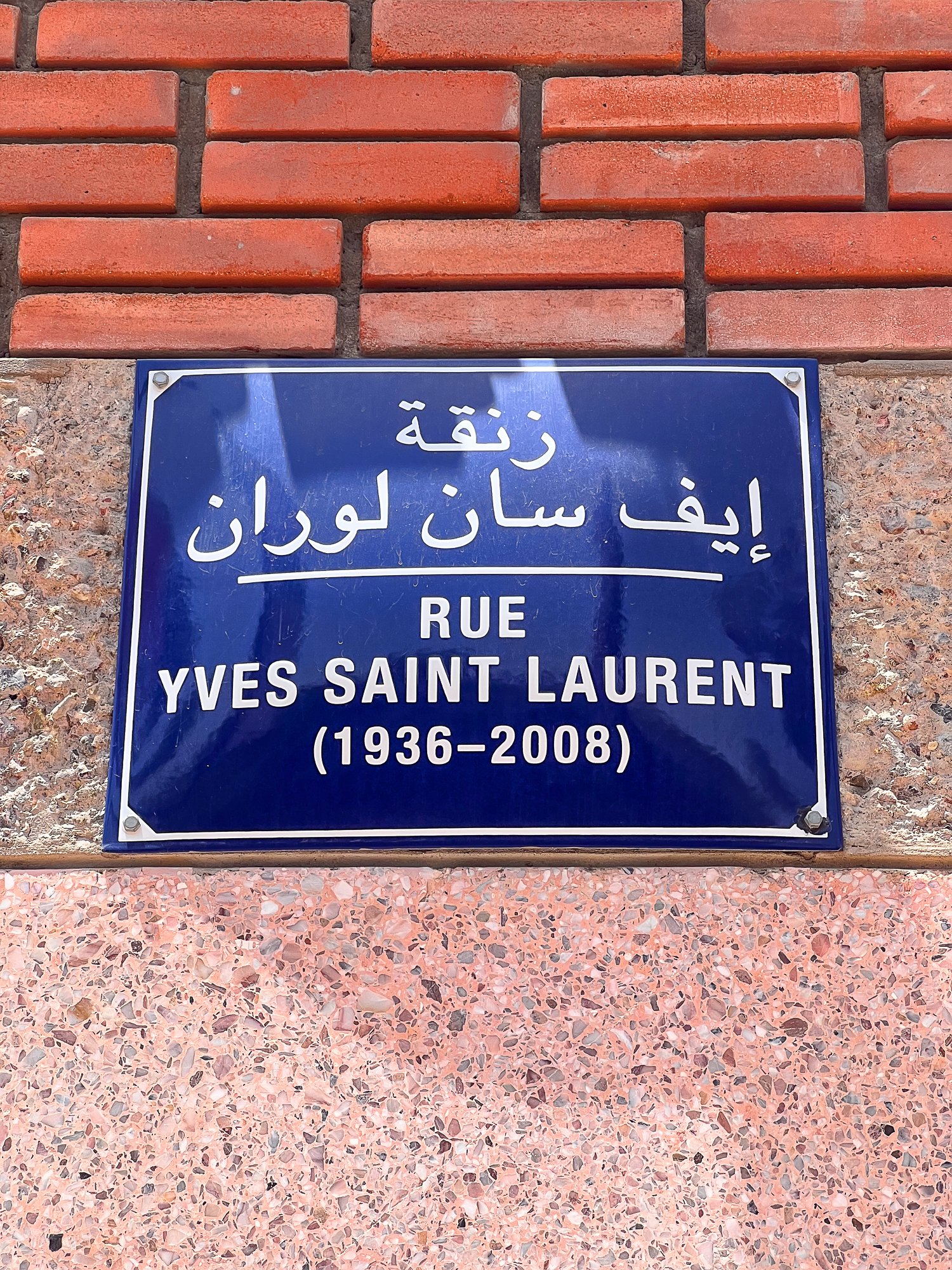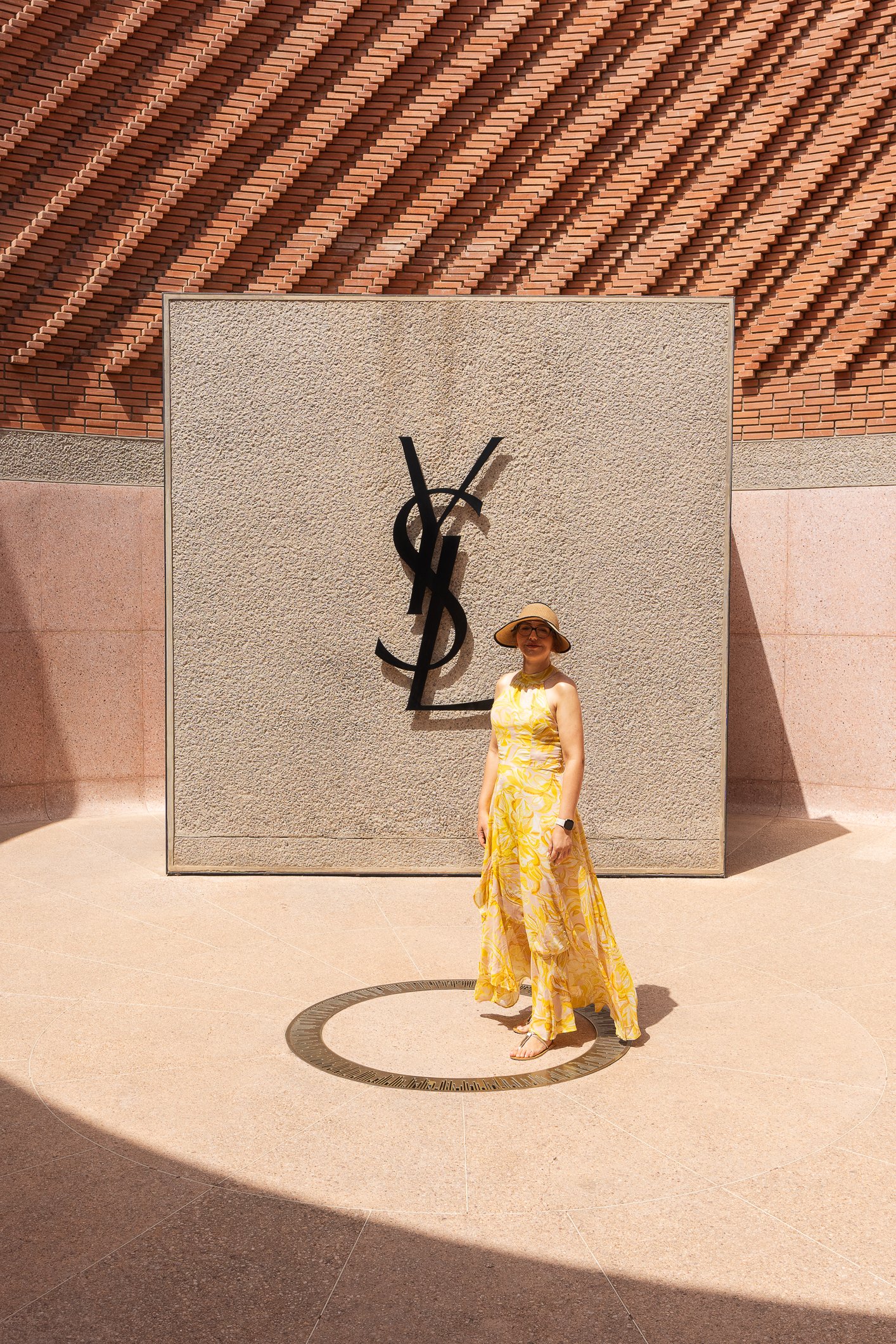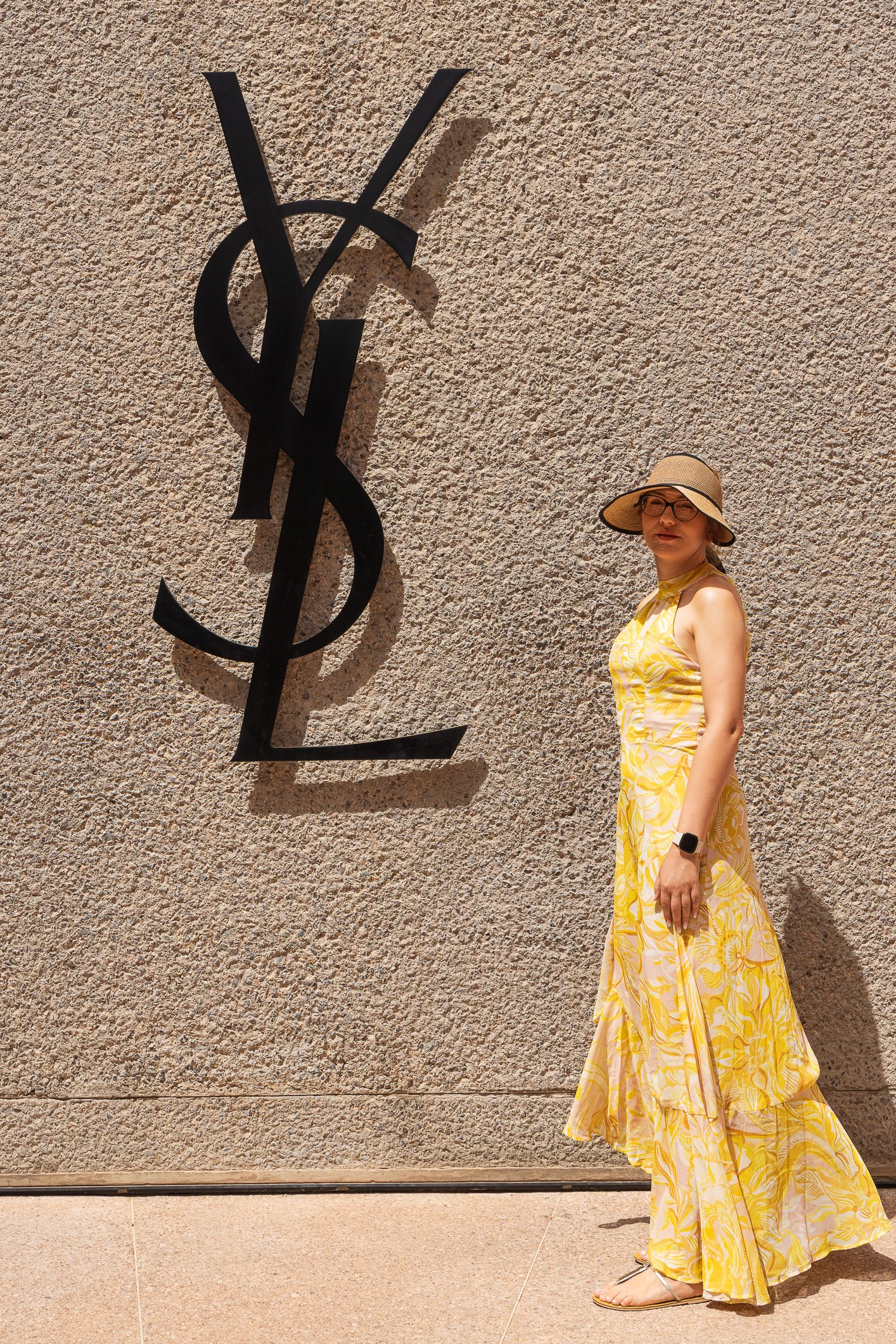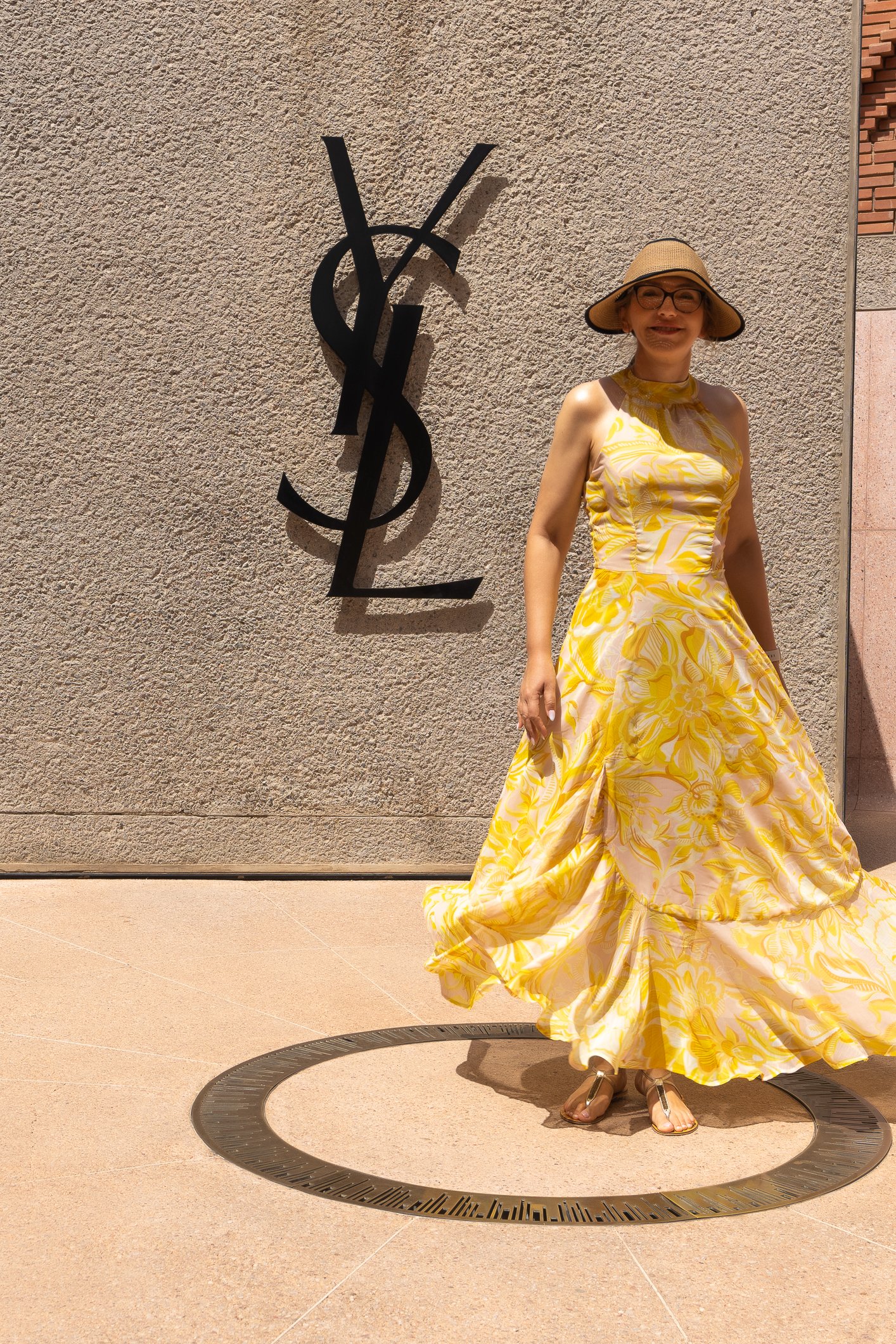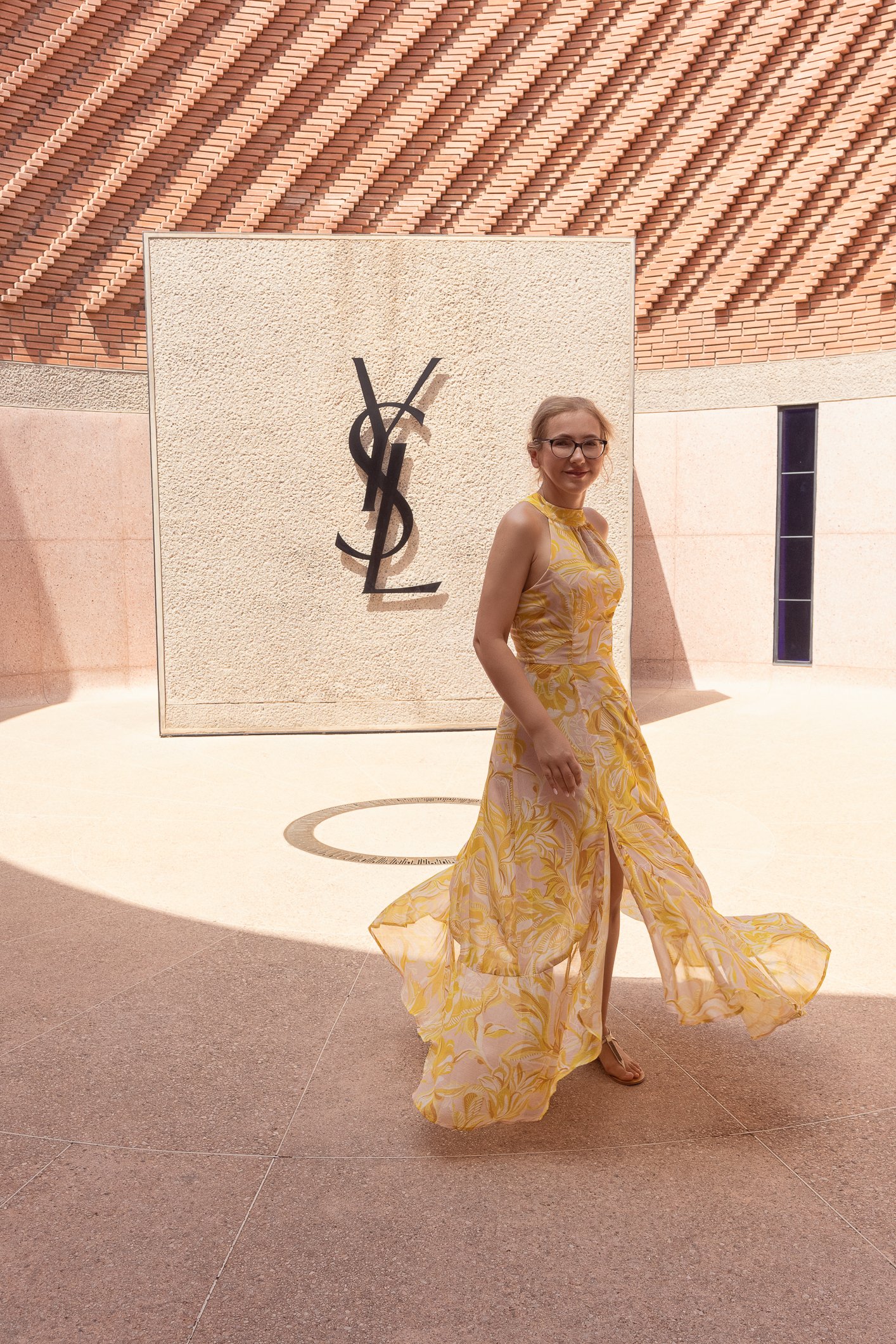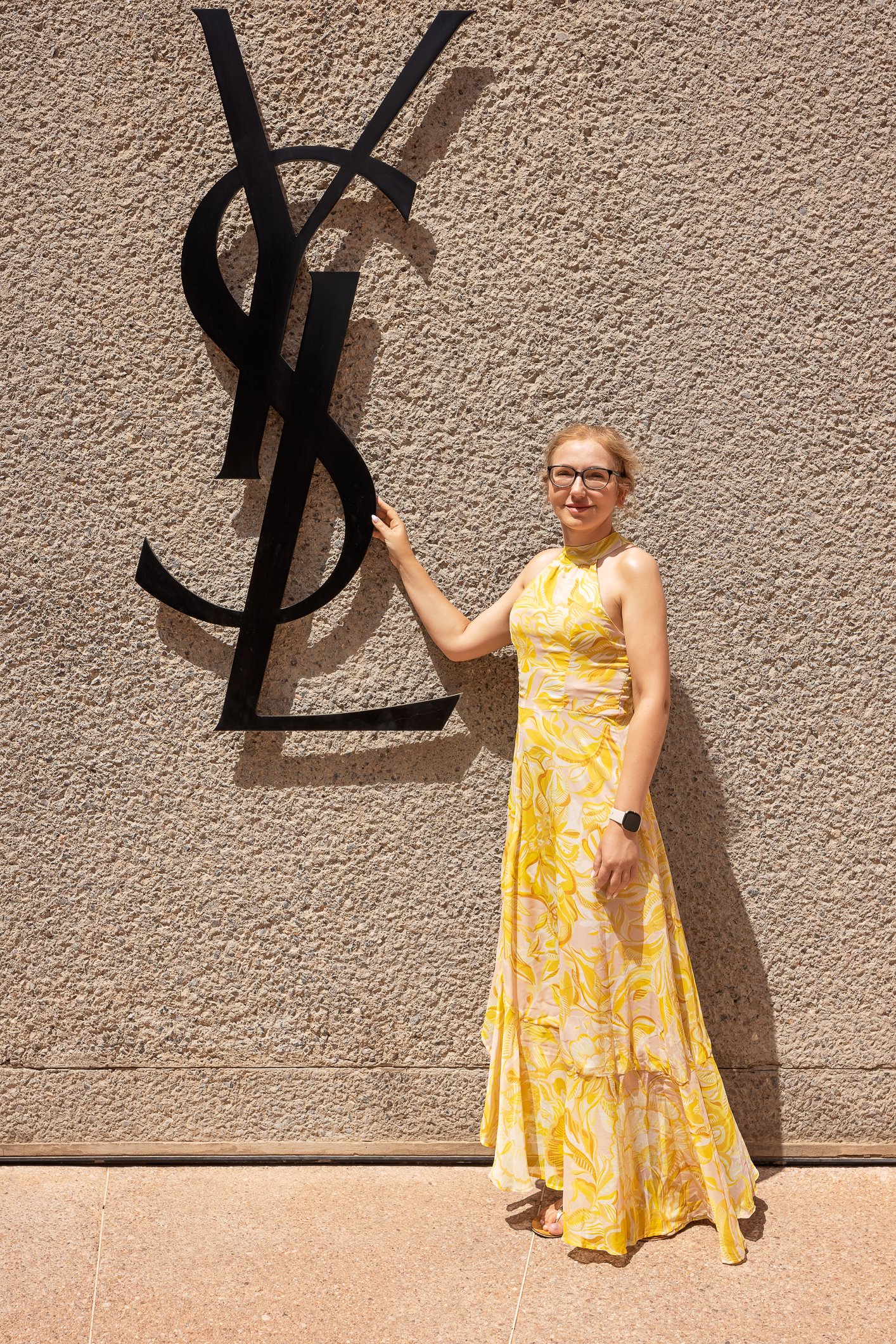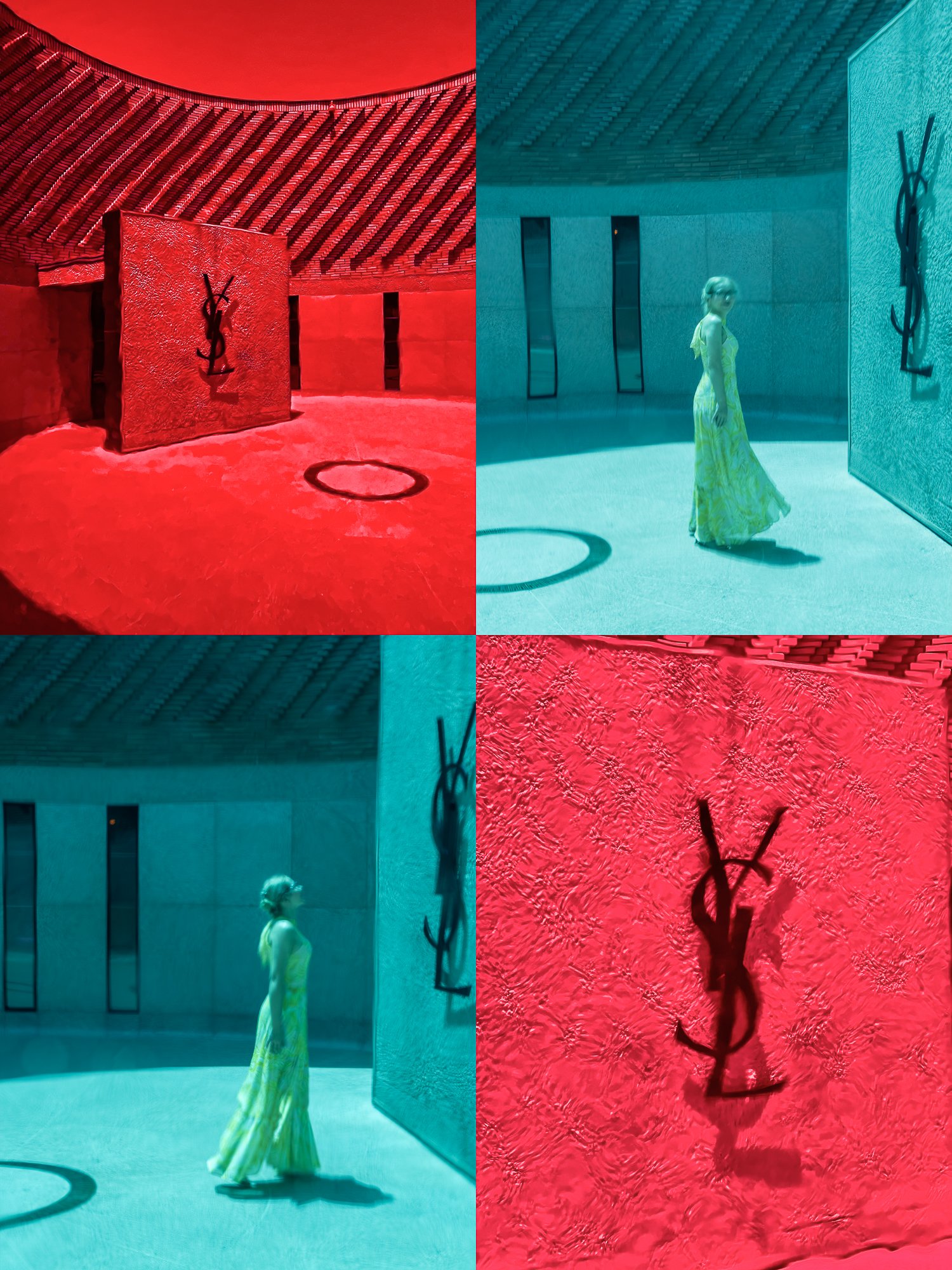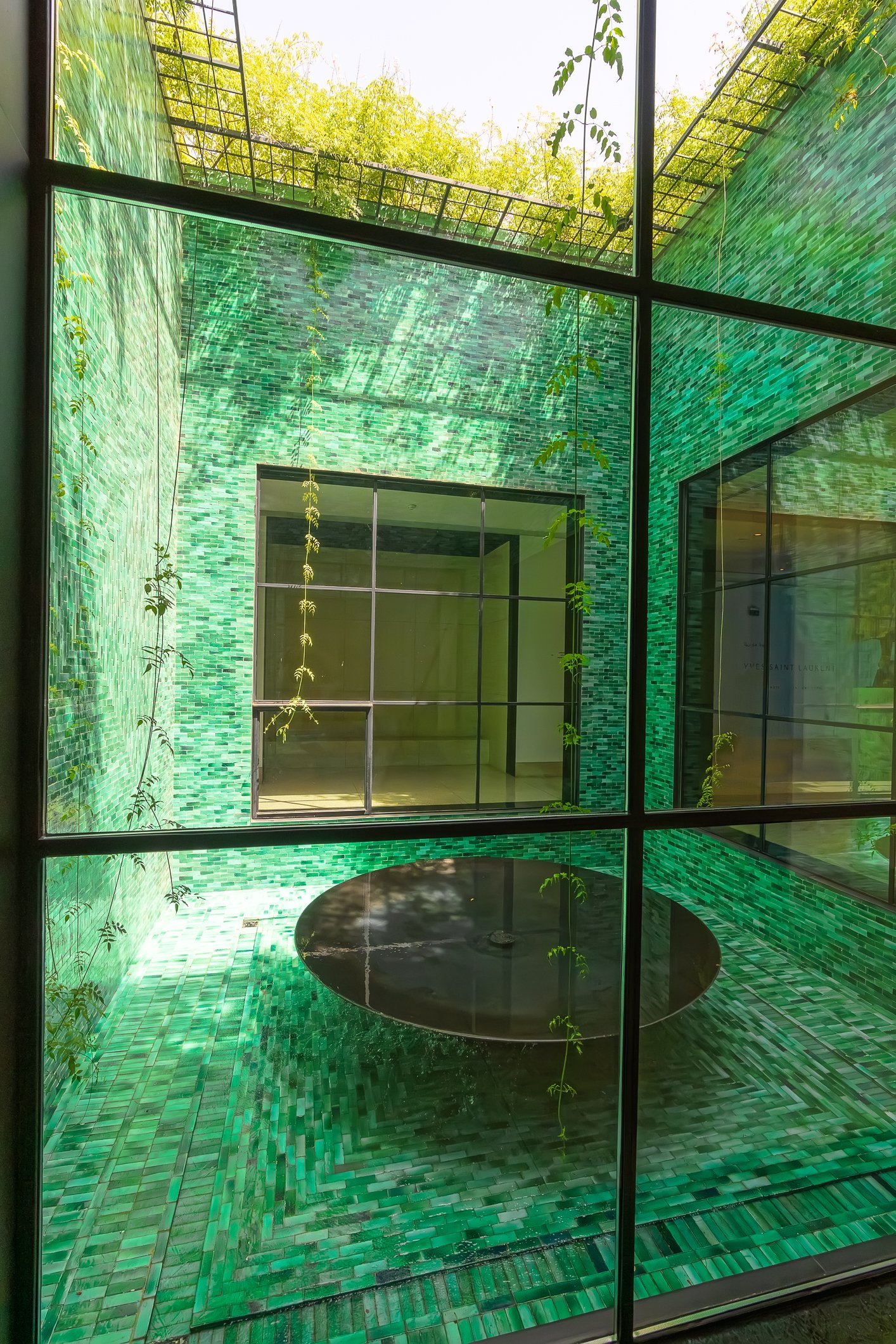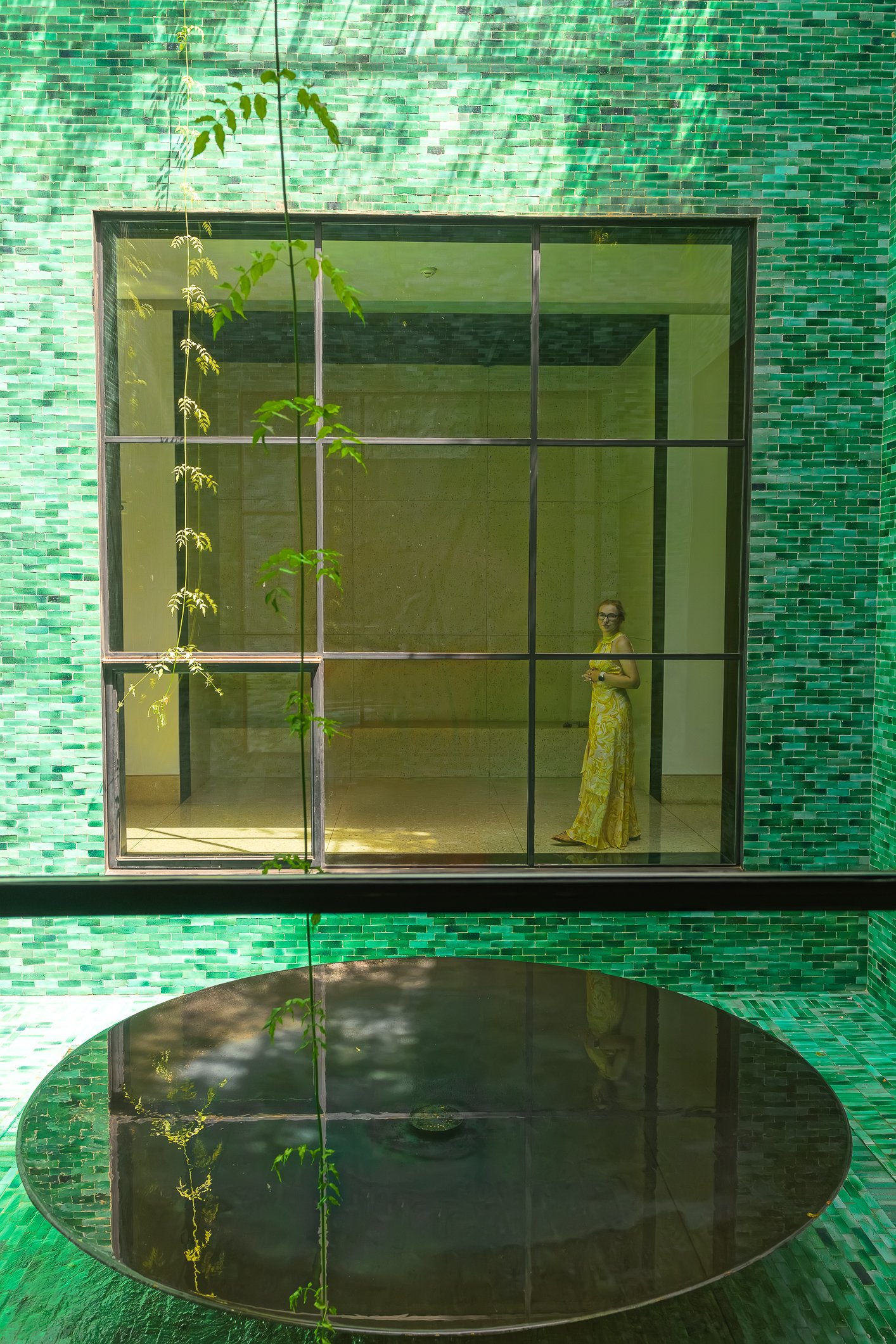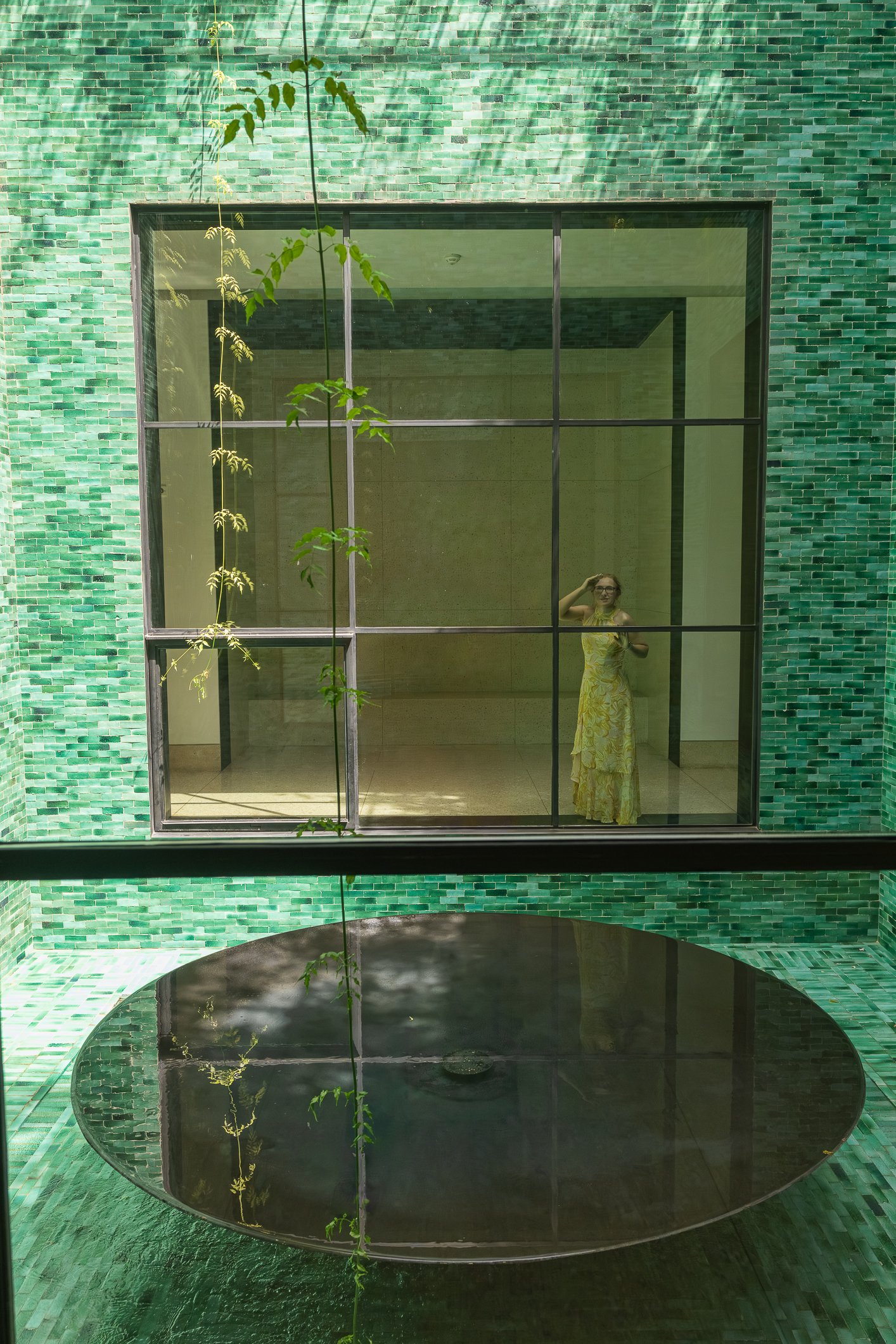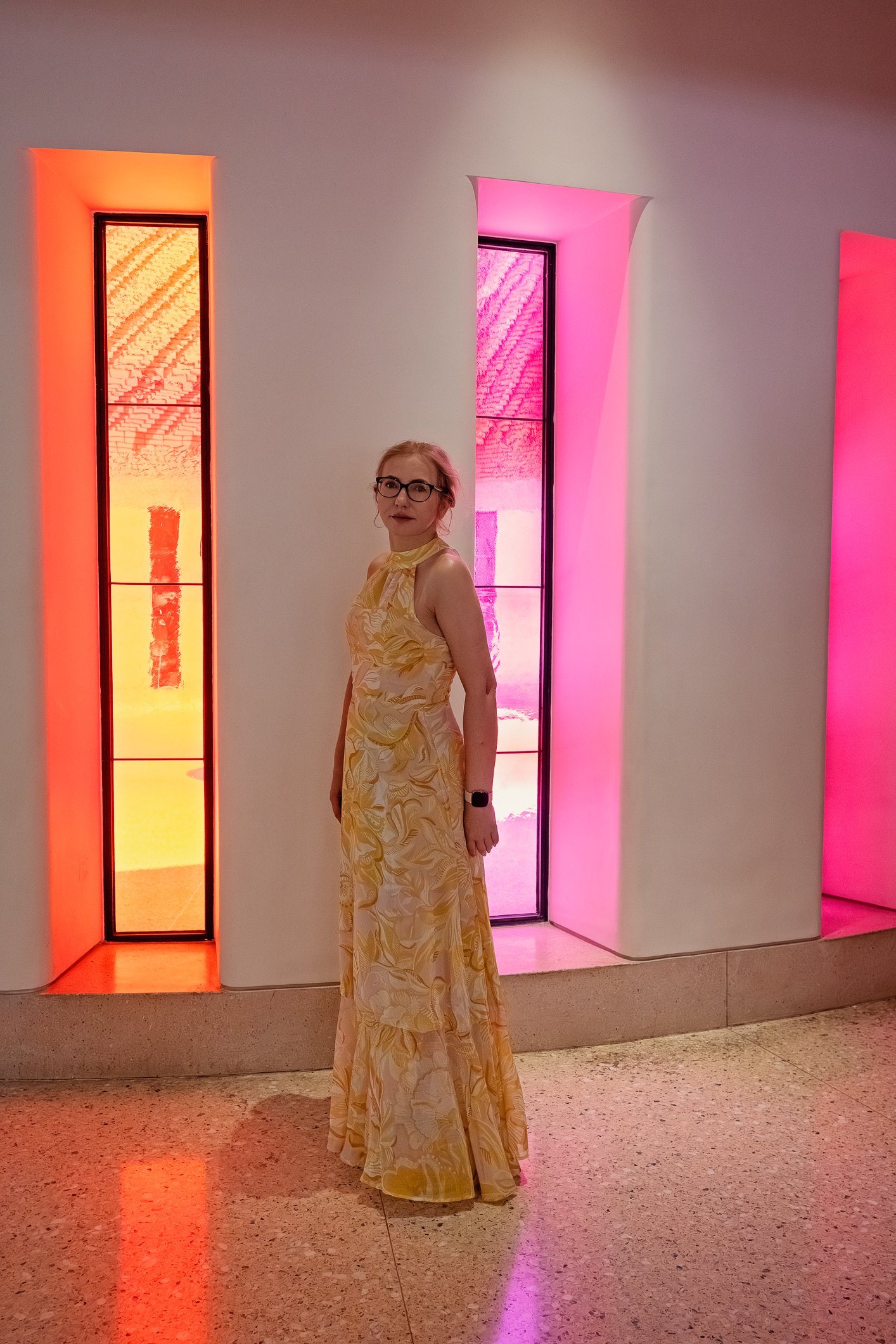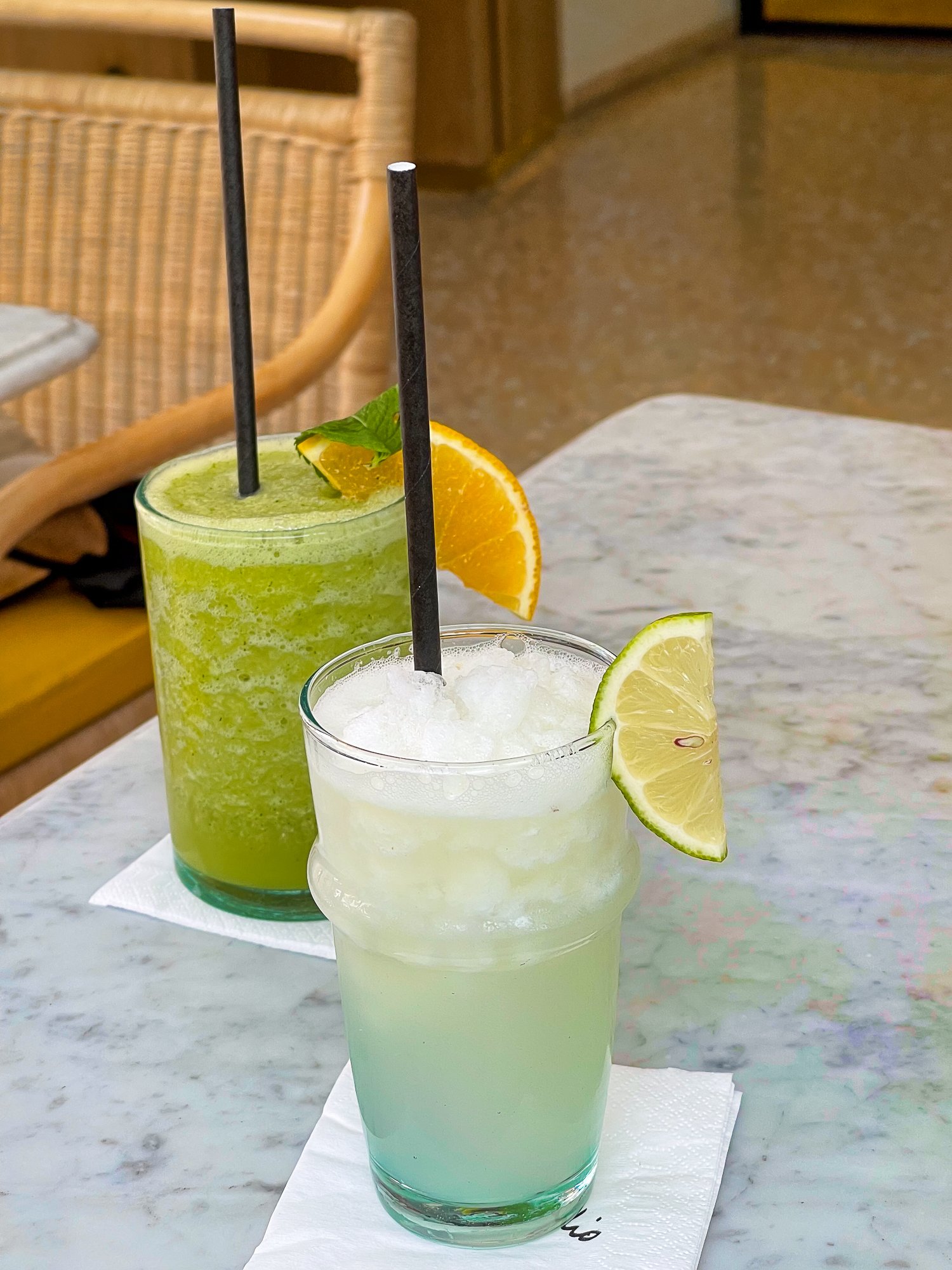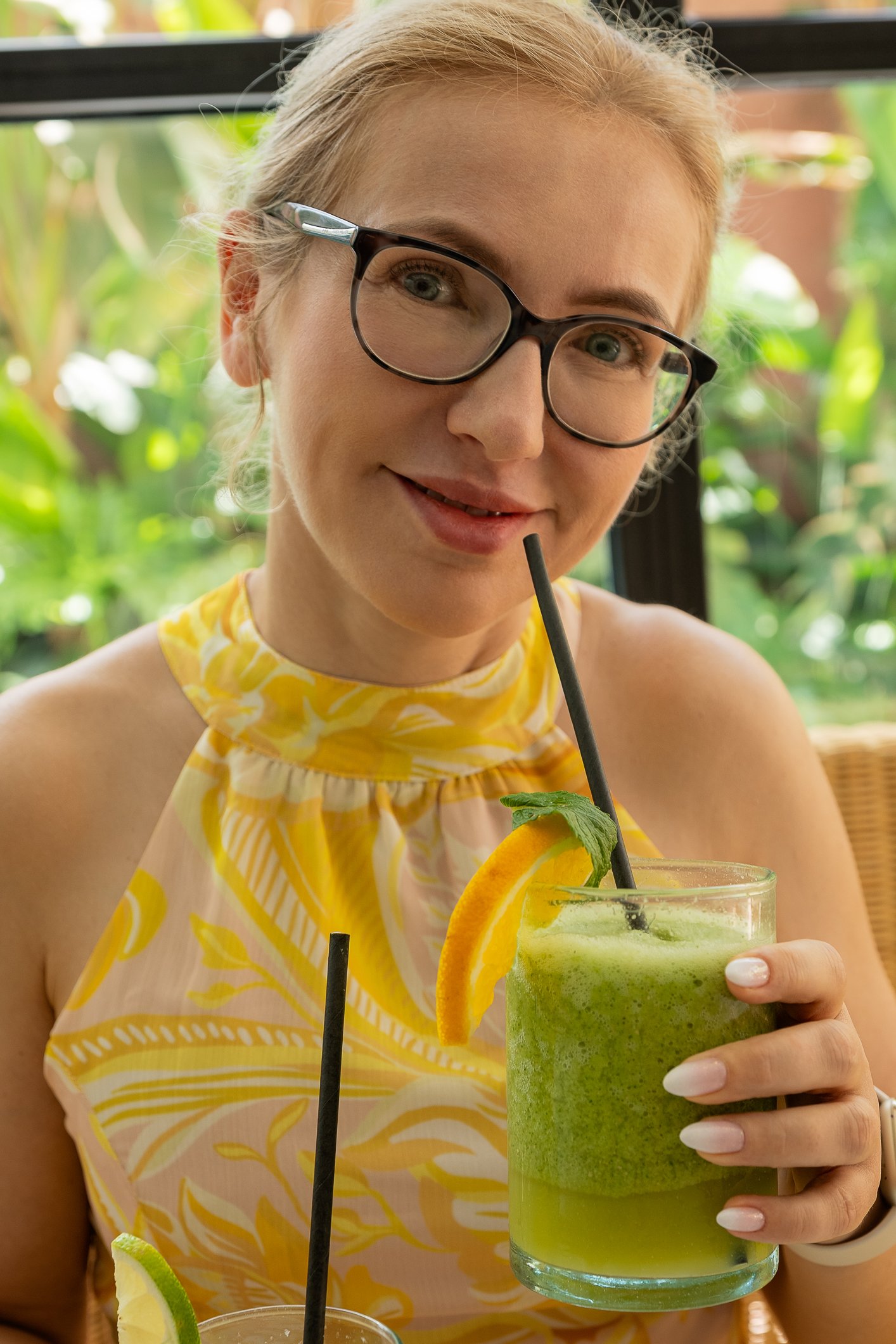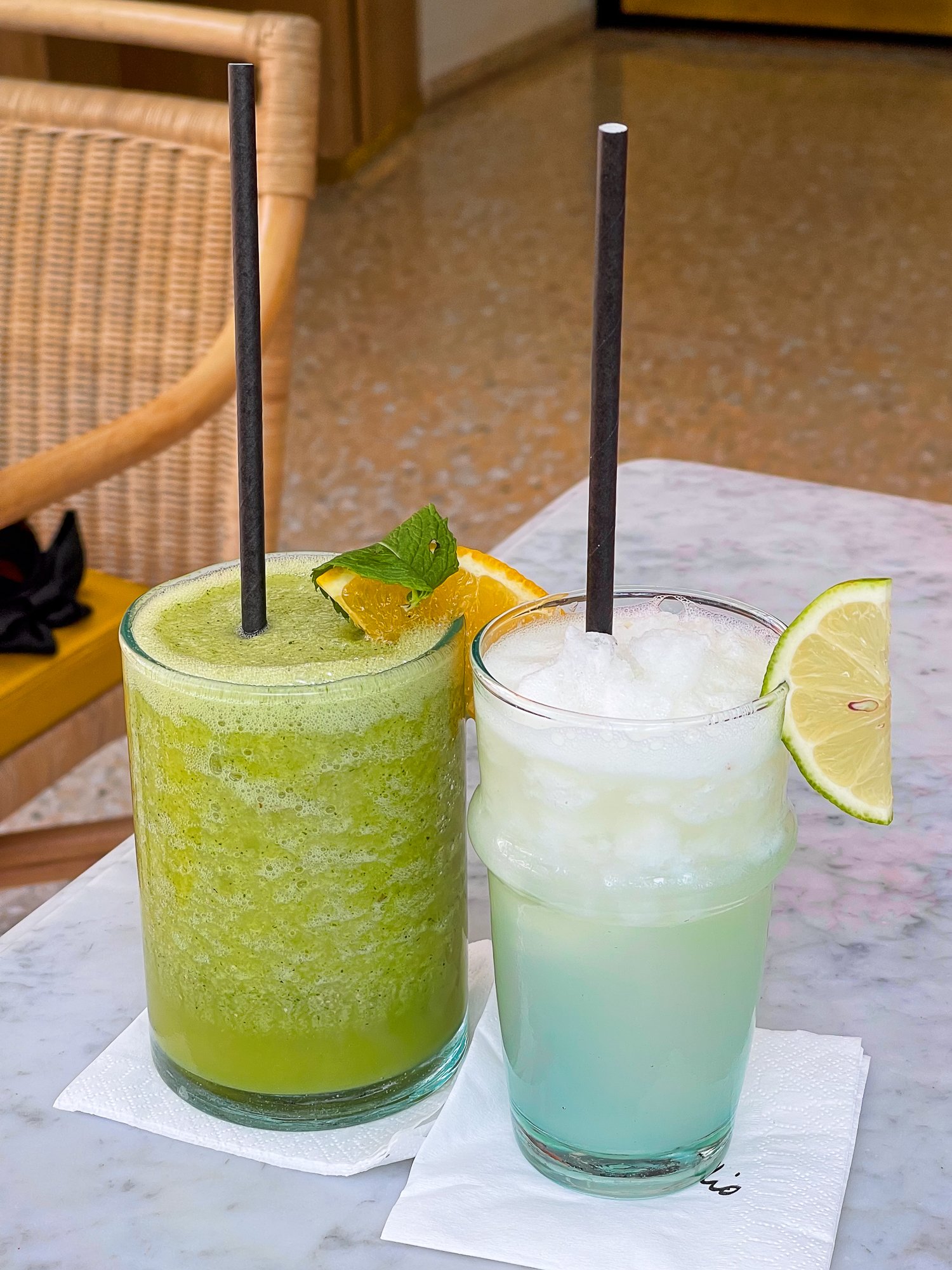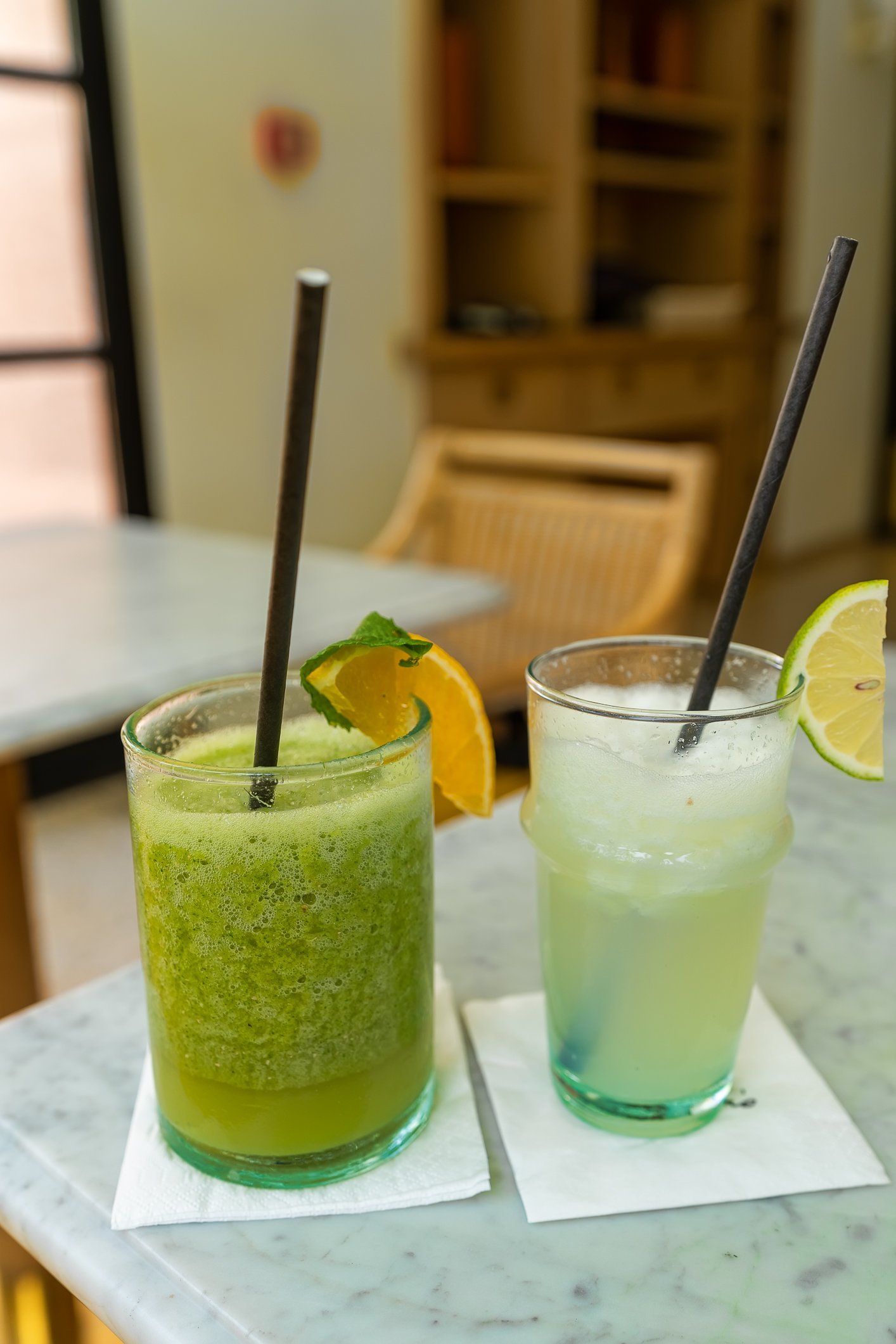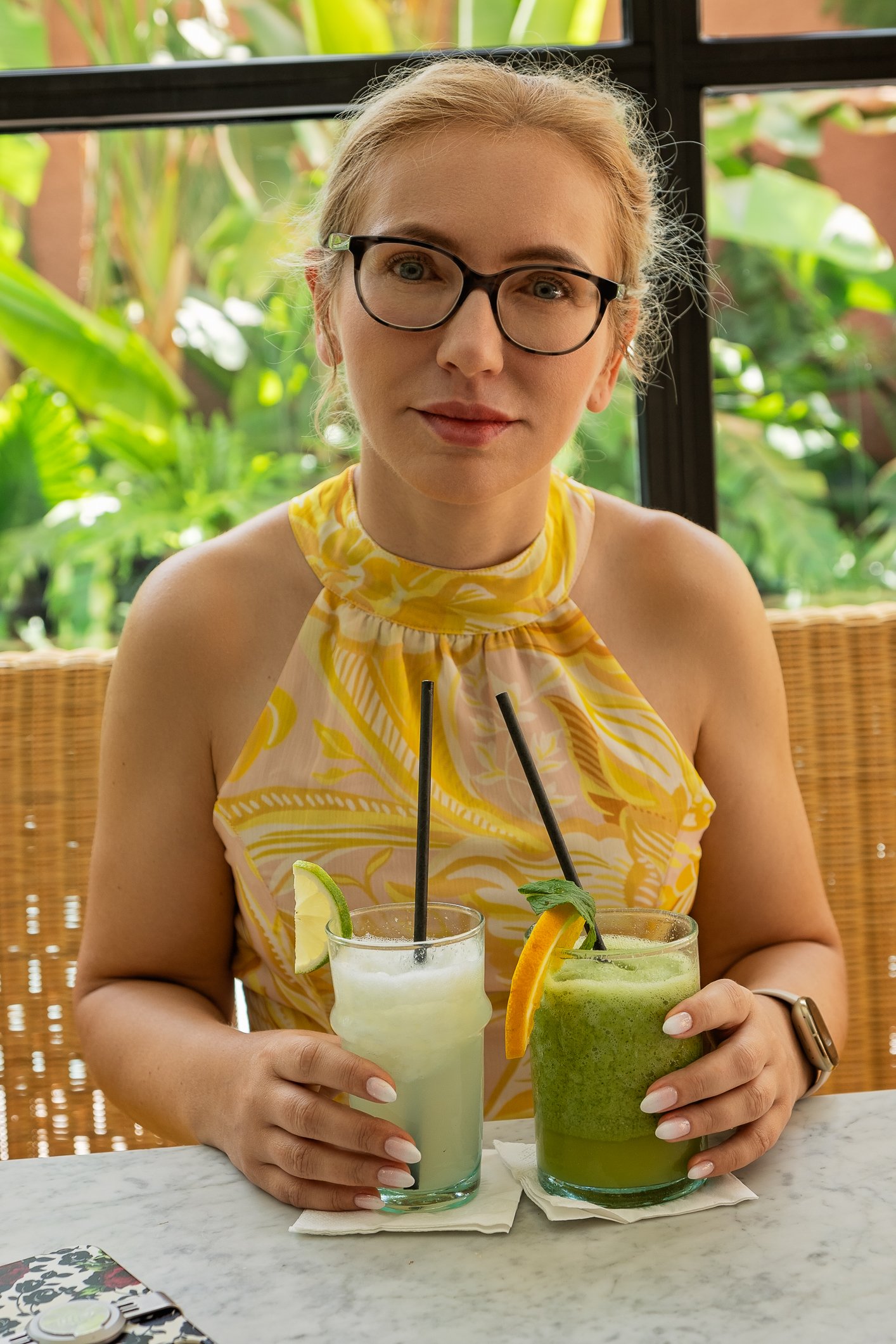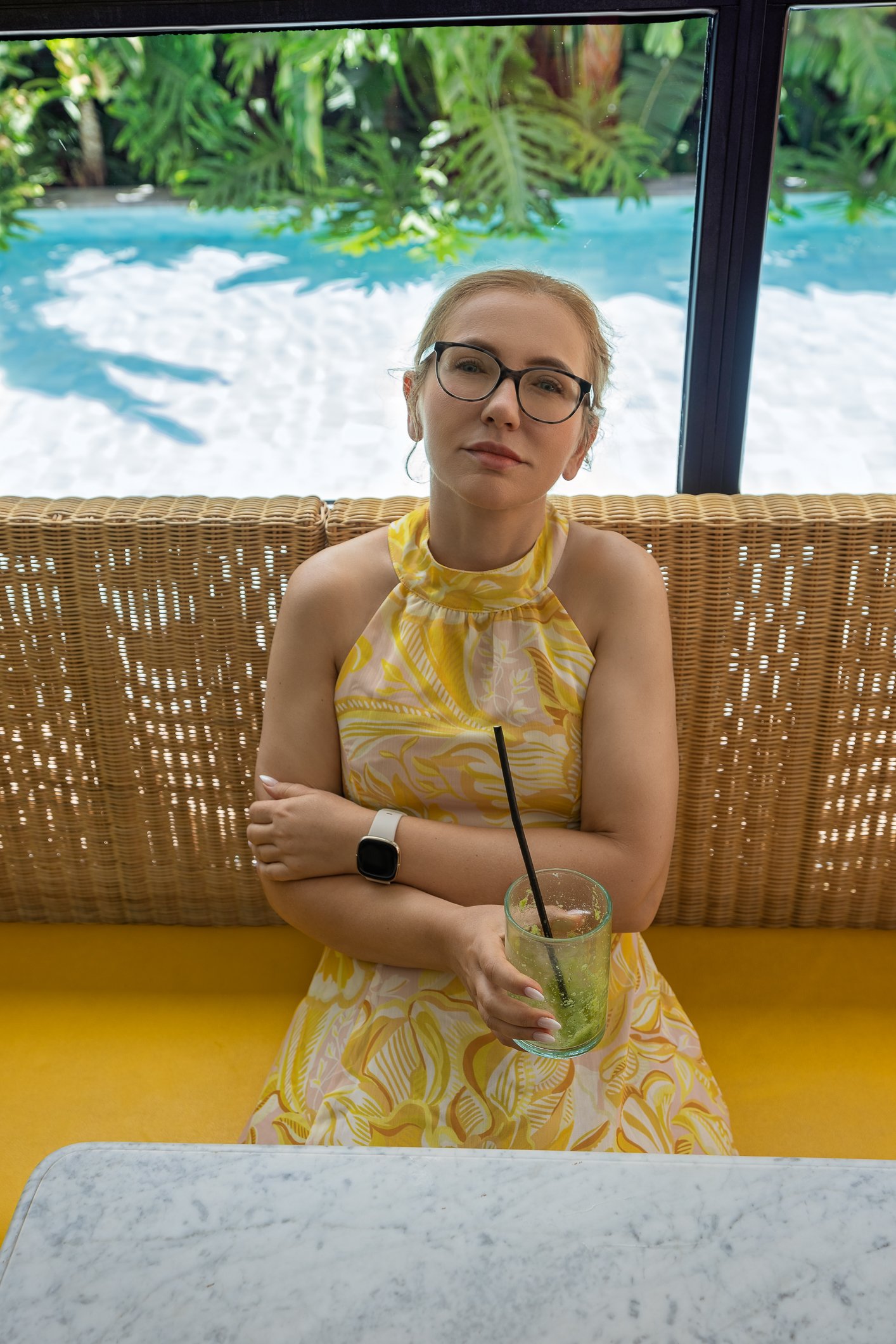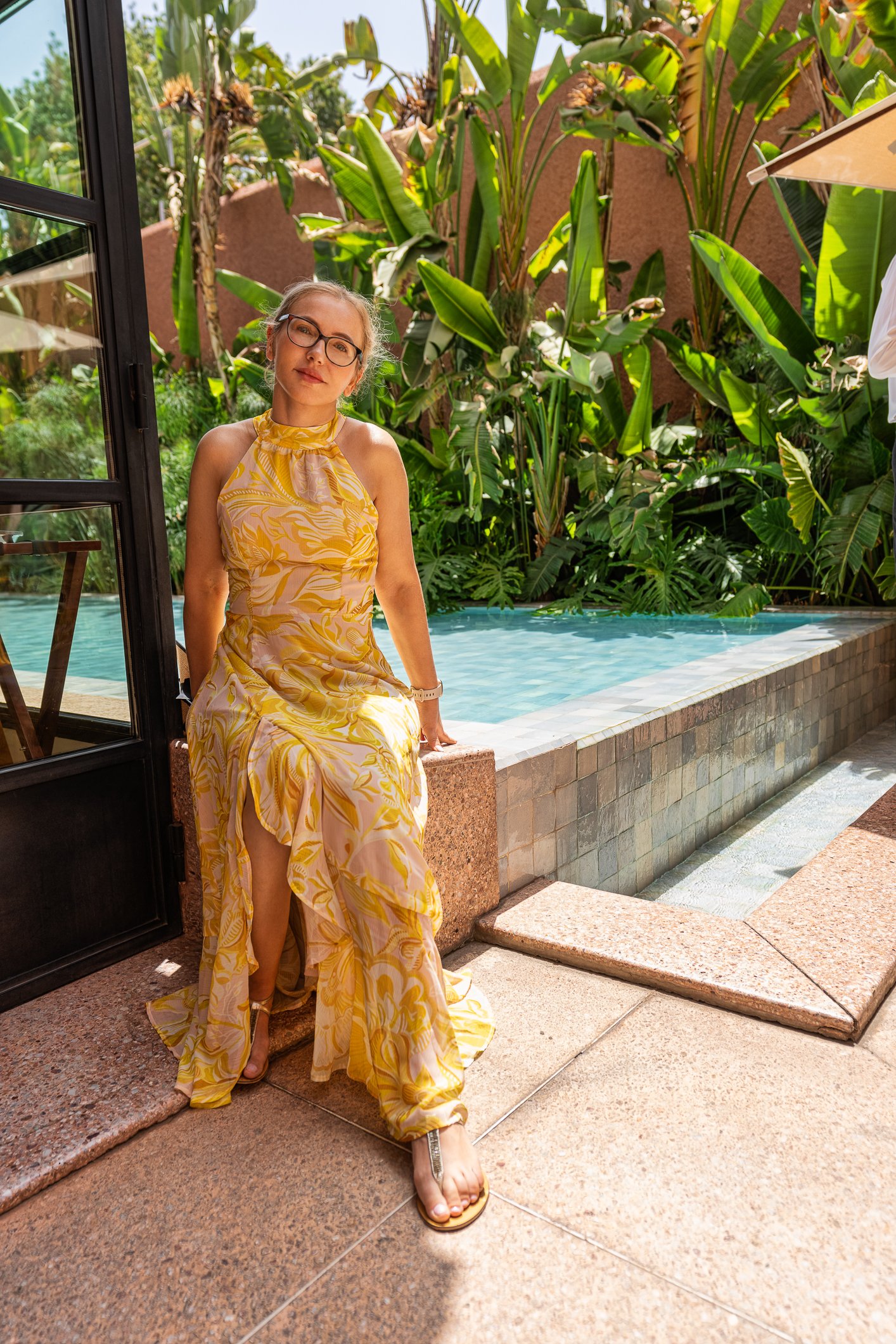Jemaa el-Fna (also known as Djemaa el-Fna), a UNESCO World Heritage site, is one of the most iconic and bustling public squares in Marrakech. Located in the heart of Marrakech's old Medina, near the Koutoubia Mosque, it has a rich history of serving as a meeting point for regional farmers, tradesmen, storytellers, and healers. Today, the square is surrounded by bustling bazaars, vibrant cafes, and historic mosques. While it is relatively quiet during the day, Jemaa el-Fna transforms into the pulsing heart of the medina at night.
In the afternoon, food stalls and performers begin to appear, and by sunset, the square is packed with people from all over the city. We only stopped by for a brief visit on a way to dinner, to grab some freshly squeezed juice and take an orientation walk around the area.
Jemaa el-Fna (Dżamaa el-Fna) jest wpisana na Listę Światowego Dziedzictwa UNESCO. Jest to jeden z najbardziej charakterystycznych i tętniących życiem placów w Marrakeszu. Położony w samym sercu starej medyny, w pobliżu meczetu Koutoubia, plac ten ma długą tradycję bycia miejscem spotkań regionalnych rolników, kupców, gawędziarzy i uzdrowicieli. Dziś otaczają go gwarne bazary, kawiarnie i zabytkowe meczety.
Choć w ciągu dnia jest tu stosunkowo pusto, w nocy Jemaa el-Fna zamienia się w pulsujące serce medyny. Po południu zaczynają pojawiać się stragany z jedzeniem i artyści, a o zachodzie słońca plac zapełnia się po korek ludźmi z całego miasta. Zatrzymaliśmy się tu dzisiaj tylko na krótką wizytę w drodze na kolację, aby napić się świeżo wyciśniętego soku i zorientować, co i jak.
Unfortunately, our dinner experience at El Fenn was somewhat of a letdown. Although they had checked our reservation, we were initially seated in the bar area and subsequently forgotten about. After prompting them to rectify the situation, we were finally moved to our table. The dinner was decent but not particularly impressive. A few hours later, I was struck with food poisoning, and I couldn't help but wonder if it was either the juice or dinner that had caused my condition. Marcin had shared the juice with me, and he remained unscathed so I am thinking El Fenn... The next day is just bed and restroom, until the late afternoon when we have to change the riad.
Niestety kolacja w El Fenn nas trochę rozczarowała. Chociaż personel sprawdził przy wejściu naszą rezerwację, początkowo posadzili nas po stronie baru i zapomnieli o naszym istnieniu. Po tym, jak Marcin się wreszcie zirytował, w końcu przeniesiono nas do restauracji. Jedzenie było przyzwoite, ale nie imponujące. Za to kilka godzin później dopadło mnie zatrucie pokarmowe i jego przyczyną mógł być jedynie sok lub obiad. Marcin pił ten sam sok i pozostał bez szwanku, więc myślę, że El Fenn mi zafundował tą zabawę... Następnego dnia praktycznie nie ma w moim życiorysie… Spędzam go pół na pół w łóżku i łazience az do późnego popołudnia, kiedy musimy zmienić riad.















































































































































